Here's the method I use...
CSS:
#div_whatever {
position: whatever;
background-repeat: no-repeat;
background-position: whatever whatever;
background-image: url(dir/image.jpg);
/* image.jpg is a low-resolution at 30% quality. */
}
#img_highQuality {
display: none;
}
HTML:
<img id="img_highQuality" src="dir/image.png">
<!-- img.png is a full-resolution image. -->
<div id="div_whatever"></div>
JQUERY:
$("#img_highQuality").off().on("load", function() {
$("#div_whatever").css({
"background-image" : "url(dir/image.png)"
});
});
// Side note: I usually define CSS arrays because
// I inevitably want to go back and add another
// property at some point.
What happens:
- A low-res version of the background quickly loads.
- Meanwhile, the higher resolution version is loading as a hidden image.
- When the high-res image is loaded, jQuery swaps the div's low-res image with the high-res version.
PURE JS VERSION
This example would be efficient for changing one to many elements.
CSS:
.hidden {
display: none;
}
#div_whatever {
position: whatever;
background-repeat: no-repeat;
background-position: whatever whatever;
background-image: url(dir/image.jpg);
/* image.jpg is a low-resolution at 30% quality. */
}
HTML:
<div id="div_whatever"></div>
<img id="img_whatever" class="hidden" src="dir/image.png" onload="upgradeImage(this);">
JAVASCRIPT:
function upgradeImage(object) {
var id = object.id;
var target = "div_" + id.substring(4);
document.getElementById(target).style.backgroundImage = "url(" + object.src + ")";
}
UPDATE / ENHANCEMENT (1/31/2017)
This enhancement is inspired by gdbj's excellent point that my solution results in the image path being specified in three locations. Although I didn't use gdbj's addClass() technique, the following jQuery code is modified to extract the image path (rather than it being hardwired into the jQuery code). More importantly, this version allows for multiple low-res to high-res image substitutions.
CSS
.img_highres {
display: none;
}
#div_whatever1 {
width: 100px;
height: 100px;
background-repeat: no-repeat;
background-position: center center;
background-image: url(PATH_TO_LOW_RES_PHOTO_1);
}
#div_whatever2 {
width: 200px;
height: 200px;
background-repeat: no-repeat;
background-position: center center;
background-image: url(PATH_TO_LOW_RES_PHOTO_2);
}
HTML
<div id="div_whatever1"></div>
<img id="img_whatever1" class="img_highres" src="PATH_TO_HIGH_RES_PHOTO_1">
<div id="div_whatever2"></div>
<img id="img_whatever2" class="img_highres" src="PATH_TO_HIGH_RES_PHOTO_2">
JQUERY
$(function() {
$(".img_highres").off().on("load", function() {
var id = $(this).attr("id");
var highres = $(this).attr("src").toString();
var target = "#div_" + id.substring(4);
$(target).css("background-image", "url(" + highres + ")");
});
});
What's happens:
- Low res images are loaded for each of the divs based on their CSS
background-image settings. (Note that the CSS also sets the div to the intended
dimensions.)
- Meanwhile, the higher resolution photos are being
loaded as hidden images (all sharing a class name of img_highres).
- A jQuery function is triggered each time an img_highres photo
completes loading.
- The jQuery function reads the image src path, and
changes the background image of the corresponding div. In the
example above, the naming convention is "div_[name]" for the visible divs
and "img_[same name]" for the high res images loaded in the
background.

